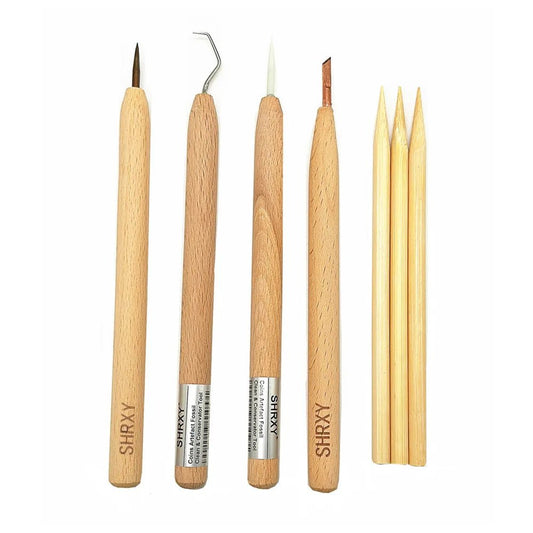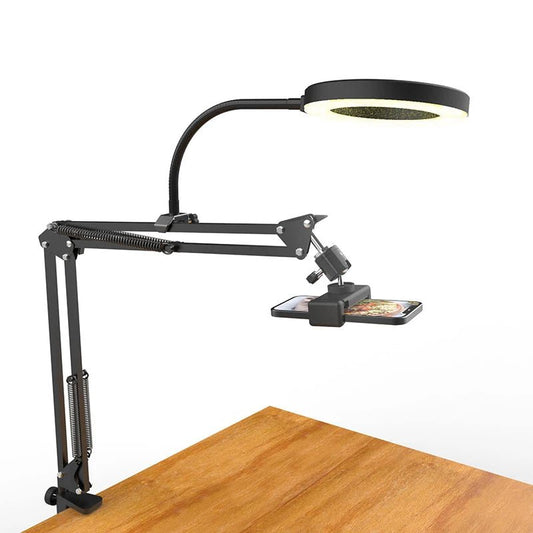Did you know? The French liard 🪙
Share
The French liard: A small coin for a great history
Among the historical currencies of France, the liard occupies a special place. This small copper coin, which circulated for several centuries, tells a fascinating part of our economic and social history. But what is the liard, and why is it so emblematic?
Origin and meaning of the liard
The etymology of the word liard is controversial, but one hypothesis is that it comes from the name of Guigues Liard, from Crémieu-en-Viennois, who minted this coin in 1430 .
In France, this coin was adopted during the reign of Louis XIV in the 17th century. At that time, small copper coins were essential to facilitate daily commerce, especially for modest purchases.
The liard was initially worth three deniers , a tiny fraction of the silver or gold coins of the time. Its low purchasing power made it accessible to all levels of society, especially the poorest.

A symbol of everyday life
The liard was ubiquitous in markets, villages and the countryside of France. It was used to buy basic goods such as bread or salt. However, its low value also gave rise to popular expressions such as "Cela ne vaut pas un liard" , meaning that something is of little value.
The evolution of the farthing
Over the centuries, the liard has undergone several modifications. Under Louis XIV, millions of liards were struck to meet the growing demand for small coins. However, their mass production in low-quality copper caused a certain depreciation of their real value.
In the 18th century, with the evolution of the monetary system, the liard gradually lost its importance and was finally withdrawn from circulation during the French Revolution, when France adopted the franc as its basic unit.
A treasure for enthusiasts
Today, French liards are prized by collectors and numismatists. Their simplicity, their connection to the daily lives of the French in the past, and their variety of mintages (sometimes specific to certain regions) make them fascinating historical objects.
💬 Did you know that this little piece had such an impact on the history of France?
![]() Illustration:
Illustration:
Reverse of a farthing (1655) struck in Meung-sur-Loire, by Unknown author — LSH 109461 (sm_dig22857), Public domain, Link










